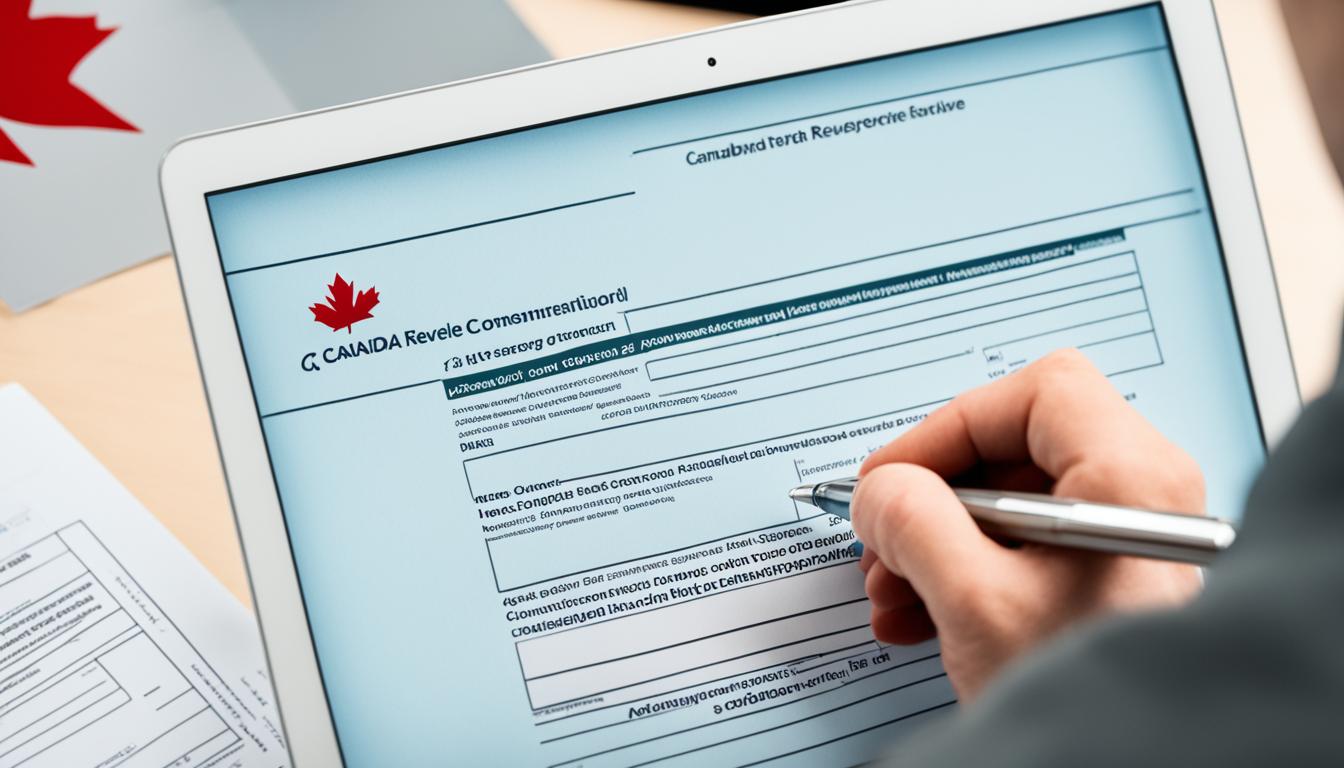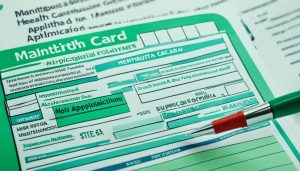In today’s fast-paced world, financial integrity and compliance play a crucial role in both personal and business endeavors. One essential aspect of this is obtaining a CRA Clearance Certificate. This document, issued by the Canada Revenue Agency (CRA), is proof that an individual or business has fulfilled all their tax obligations and is free to conduct financial activities without any hindrance.
Whether you’re an entrepreneur venturing into a new business or an individual looking to ensure a clean financial record, understanding the process of obtaining a CRA Clearance Certificate is vital. In this article, we will guide you through the steps involved in acquiring this certificate and provide you with all the necessary information you need to successfully navigate the process. So, if you’re wondering how to get a CRA Clearance Certificate, read on to find out more.
Understanding the Role and Importance of a CRA Clearance Certificate
The importance of cra clearance certificate cannot be understated within the context of Canadian estate management and corporate dispositions. A Canada Revenue Agency clearance certificate acts as a shield against potential financial and legal repercussions that could arise from undisclosed or unpaid taxes of the deceased or a dissolved entity. It is the last word from the CRA, confirming that all tax affairs are settled, or that arrangements are made to settle any outstanding obligations.
1. What is a CRA Clearance Certificate?
A cra clearance certificate is an official document issued by the Canada Revenue Agency that confirms all tax liabilities associated with a deceased individual, a trust, or a corporation have been either paid in full or adequately secured with the CRA. This document is crucial before the distribution of any assets, ensuring that legal representatives are not held liable for potential taxes owed after assets have been transferred. North American statistics indicate an average six-month processing time for these certificates, necessitating timely and accurate application submissions.
2. Why Legal Representatives Need a CRA Certificate?
For executors and administrators of estates, obtaining a canada revenue agency clearance certificate is a necessary step in fulfilling their due diligence. The certificate effectively removes personal liability for any of the deceased’s unpaid taxes after assets have been distributed. Additionally, it avoids long-term legal complications that could emerge with tax reassessments or claims against the estate which could emerge post distribution. These vital benefits underscore the importance of cra clearance warranties in estate administration.
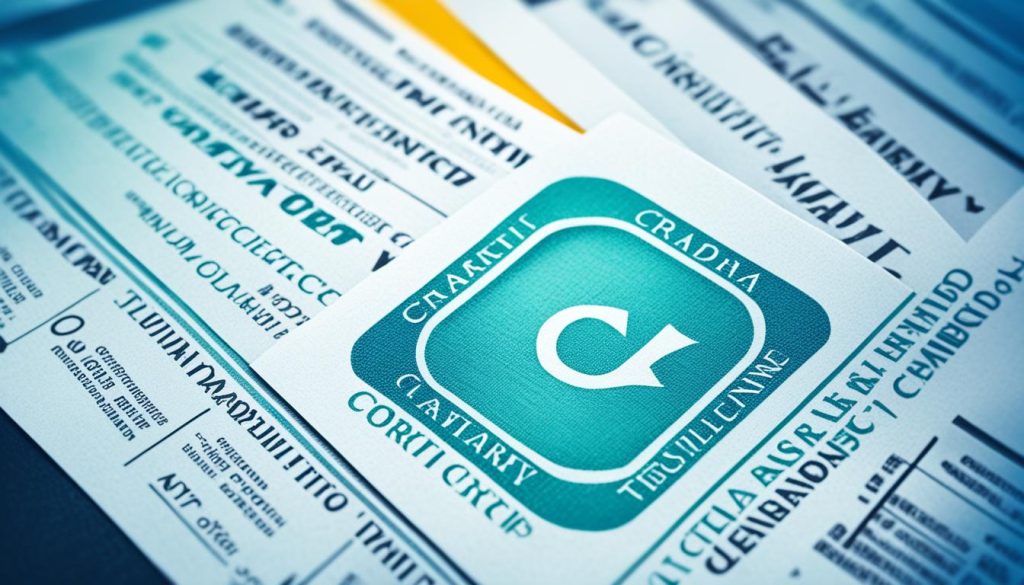
3. Liabilities After Asset Distribution Without a Clearance Certificate
Failing to secure a cra clearance certificate can leave legal representatives significantly at risk. If assets are distributed without this certificate and the CRA later finds unpaid taxes, the legal representatives could be personally liable to settle these debts. The potential liabilities can extend up to the full value of the distributed assets, emphasizing the inherent risks associated with neglecting this critical responsibility.
Case Highlight:
| Scenario | Potential Outcome |
|---|---|
| Distributing assets without a CRA certificate | Legal representatives bear potential personal liability for unpaid taxes. |
| Proper and timely issuance of certificate | Legal representatives absolved from financial liabilities related to tax claims. |
The importance of securing a clearance certificate from the Canada Revenue Agency transcends mere bureaucratic procedure; it navigates the complex web of tax liabilities to offer peace of mind to executors and beneficiaries alike. By ensuring compliance with existing tax laws through the certificate, legal representatives can avert potential fines and penalties, safeguarding the interests of all parties involved in the asset distribution process.
The CRA Clearance Certificate Application Process
Applying for a CRA clearance certificate is a crucial step in the orderly administration of estates, trusts, and corporate dissolutions in Canada. The cra clearance process requires meticulous attention to detail and an understanding of when and how to apply properly.
1. Identifying the Right Time to Apply for a CRA Clearance
To successfully apply for cra clearance certificate, the optimal time is after all necessary tax returns have been filed and all taxes owed have been cleared with the Canada Revenue Agency (CRA). This ensures the process proceeds smoothly and reduces the likelihood of delays or complications. Estate trustees should take special note to apply as soon as they receive notices that all amounts due have been settled.
2. Gathering Necessary Documents for Application
Gathering the right documents is pivotal in the obtaining cra clearance certificate process. Required documentation often includes the final tax returns, wills, trusts, and detailed lists of assets and liabilities. Legal representatives must gather these materials in advance to ensure a comprehensive and uneventful application process.
3. Completing and Submitting Your CRA Certificate Request
To apply for cra clearance certificate, the legal representative needs to complete Form TX19, “Request for a Clearance Certificate,” and attach all necessary documentation. This form is submitted to the appropriate tax services office based on the representative’s location. Submissions can be done via mail, fax, or through the CRA’s online portal, depending on the specific requirements and available facilities.
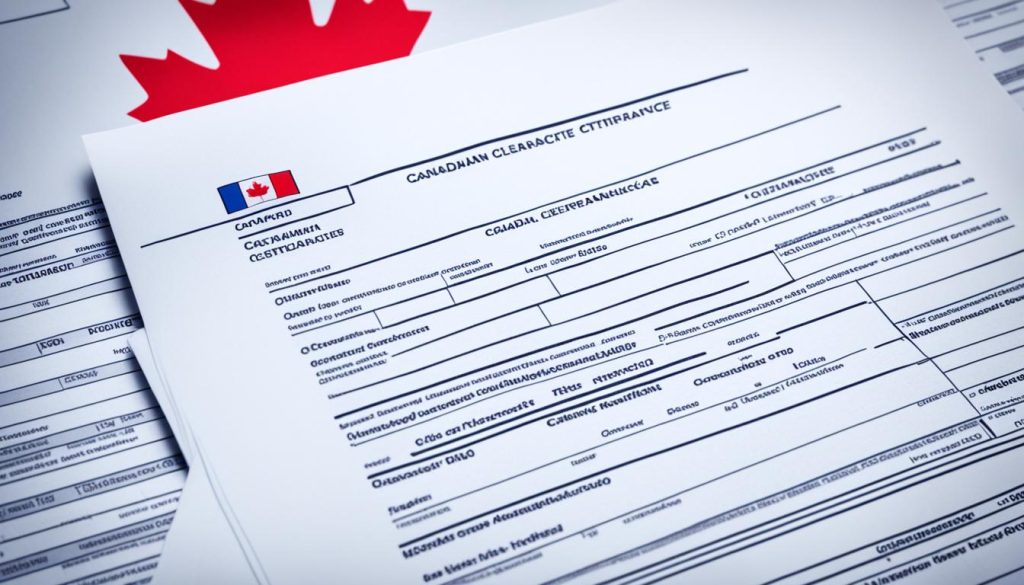
The table below provides a detailed overview of the processing times and requirements based on the applicant’s location:
| Location | Processing Office | Standard Processing Time |
|---|---|---|
| Nova Scotia, New Brunswick, PEI, Newfoundland and Labrador | Nova Scotia Tax Services Office | Up to 120 days |
| Quebec | Western Quebec Tax Services Office | Up to 120 days |
| Ontario, Nunavut | GTA East Tax Services Office | Up to 120 days |
| British Columbia, Yukon | Coastal and Central BC Tax Services Office | Up to 120 days |
| Manitoba, Saskatchewan, Alberta, Northwest Territories | Eastern Prairie Tax Services Office | Up to 120 days |
This comprehensive approach allows the cra clearance process to proceed efficiently, ensuring that all legal and tax obligations are met before the distribution of estate assets, safeguarding the legal representative from potential liabilities.
Steps to Apply for CRA Clearance Certificate
Understanding how to get a CRA clearance certificate is crucial for anyone involved in the administration of an estate in Canada. Here we outline the essential steps in the CRA clearance certificate application process, ensuring compliance with the Canada Revenue Agency (CRA) requirements.
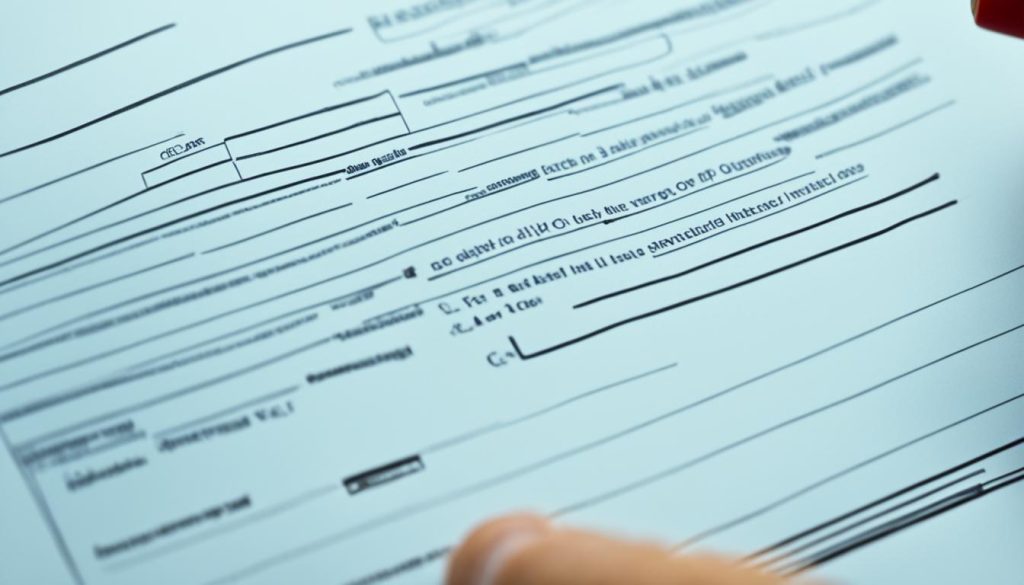
- Determine the Appropriate Time to Apply: You should apply for a clearance certificate after filing the final tax returns and receiving the Notice of Assessment (NOA), ensuring all taxes have been paid or accounted for.
- Gather Necessary Documents: Essential documents include the deceased’s will or trust agreement, property distribution statements, and identification of all beneficiaries. For corporations, include a copy of the resolution for dissolution.
- Complete Form TX19: Fill in the form with accurate details about the estate or corporation. Attach all required documents as stipulated by the form guidelines.
- Submission of the Application: Send the completed Form TX19 accompanied by Form AUT-01 if represented by an accountant or lawyer, through mail or fax, or use CRA online platforms such as My Account, Represent a Client, or My Business Account.
- Payment of Any Outstanding Taxes: Ensure that all required taxes as assessed are paid, including any income tax, GST/HST, and other relevant taxes to avoid delays in the processing of your application.
This Canada Revenue Agency clearance certificate is vital to legally distribute the assets of an estate or close a corporation without being liable for future claims by the CRA for unpaid taxes. Following these standardized steps can assist in streamlining the application process and obtaining the certificate in a timely manner.
| Step | Action | Details |
|---|---|---|
| 1 | Determine Time | Post final tax returns and after receiving NOA |
| 2 | Gather Documents | Will, trust agreement, distribution statements, beneficiary IDs, etc. |
| 3 | Complete Form TX19 | Correctly fill and attach necessary documents |
| 4 | Submit Application | Use mail, fax, or CRA online platforms |
| 5 | Pay Taxes | Clear any outstanding taxes |
Navigating Through the CRA Clearance Process
Successfully managing the cra clearance process is crucial for individuals and businesses ensuring all their taxes are cleared before proceeding with asset distributions or corporate dissolutions. This part of the journey involves multiple phases, starting from application to final approval.
1. Acknowledgement and Assessment Timeframes
Upon deciding to apply for cra clearance certificate, the Canada Revenue Agency (CRA) offers transparency in its processing times. Initially, an acknowledgment of your application submission is sent within 45 days. This is followed by an assessment phase that could extend up to 120 days, depending on the complexity and completeness of the submitted information. During this period, the CRA might conduct additional audits to verify the provided data.398p>
2. Handling Delays and Denial of the CRA Clearance Request
Delays or denials in the cra clearance certificate application can stem from several issues such as incomplete information or unresolved tax obligations. Should a denial be issued, the CRA provides detailed guidance on the deficiencies. It is essential for applicants to take prompt action to gather necessary revisions or additional data required for re-evaluation of the application.390p>
3. Reapplication After Issue Resolution
After addressing the issues highlighted by the CRA, applicants may reapply for the clearance certificate. This demonstrates diligence and ensures compliance with Canadian tax laws. Legal representatives need to monitor the process actively and may need to follow up with the CRA, especially if there has been no communication from their side within the initial 120-day assessment timeframe.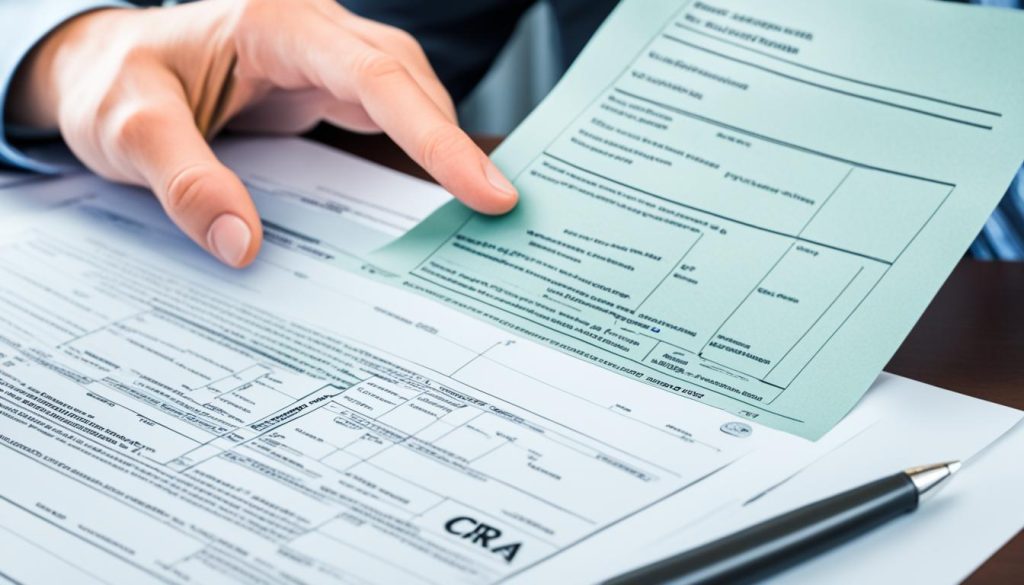
Understanding and navigating the cra clearance process efficiently requires awareness of these timeframes and preparedness to address any issues swiftly. Effective management of this process guarantees legal safety and fiscal compliance, safeguarding from potential legal liabilities associated with tax errors or omissions.
Conclusion
The importance of CRA clearance defined through regulatory stipulations extends beyond mere administrative procedure it stands as a pillar of compliance and fiduciary responsibility. As we’ve discovered, applying for a Canada Revenue Agency clearance certificate is a non-negotiable step for non-residents and legal representatives alike to navigate the complexities of Canadian tax laws. This certificate serves as a testament that all taxes, including capital gains on the disposition of property and other taxable Canadian assets, have been appropriately addressed.
Estate executors, or those responsible for corporate distributions, must recognize the gravitas of securing a CRA clearance certificate. Neglecting to do so can result in burdensome penalties of up to $2,500, alongside potential personal liabilities for any outstanding tax amounts. This implies a clear mandate: a clearance certificate is not optional but a cardinal requirement for legal and tax compliance. It’s through this established protocol that individuals and entities confirm that all Canadian tax liabilities have been met—culminating in a safe and unimpeded transfer of property or assets.
In retrospect, the journey through the CRA clearance process—from understanding its vital role to ensuring all pre-conditions are satisfied—reflects the due diligence necessary to uphold Canada’s tax integrity. The significance of these measures resonates loudly in the context of estate settlements, corporate dissolutions, and non-resident property sales. Thus, one must be meticulous in adhering to the legal requirements set forth by the Income Tax Act and the Excise Tax Act, underpinning a robust tax governance framework in Canada. Hence, upholding these standards is not only about securing a clearance certificate; it is about reaffirming a commitment to fiscal accountability and legal propriety within Canadian borders.
FAQ
1. How to Get a CRA Clearance Certificate?
To get a CRA clearance certificate, apply after all required tax returns have been processed and any tax debts settled. Complete the Form TX19, Asking for a Clearance Certificate, gather all necessary documents, and submit your request to the CRA either by mail, fax, or online through My Account, Represent a Client, or My Business Account services.
2. What is a CRA Clearance Certificate?
A CRA clearance certificate is a document issued by the Canada Revenue Agency. It confirms that all tax liabilities of an estate, trust, or corporation, including income tax, GST/HST, interest, and penalties, have been paid up to the date of issue, or that acceptable security for the payment has been provided to and accepted by the Minister of National Revenue.
3. Why Legal Representatives Need a CRA Certificate?
Legal representatives need a CRA clearance certificate to protect themselves from personal liability for any potential unpaid tax amounts owed by the estate, trust, or corporation once assets are distributed. It is their legal duty to ensure that all tax obligations are met before distributing the assets.
4. What Are the Liabilities After Asset Distribution Without a Clearance Certificate?
If assets are distributed without obtaining a CRA clearance certificate and there are tax amounts owing, legal representatives can be held personally liable to pay those tax debts. It is therefore critical to secure the clearance certificate before making any distributions.
5. When Is the Right Time to Apply for a CRA Clearance?
The right time to apply for a CRA clearance certificate is after all the necessary tax returns have been filed and assessed, any outstanding tax liabilities have been settled, and you have received notices of assessment for all those returns.
6. What Documents Are Necessary for a CRA Certificate Application?
Necessary documents for a CRA certificate application include completed Form TX19, all pertinent financial statements, a copy of the death certificate and will for an estate, a copy of the trust agreement for trusts, or copies of corporate resolutions and articles of dissolution for corporations. The exact documents needed may vary depending on the specifics of the application.

